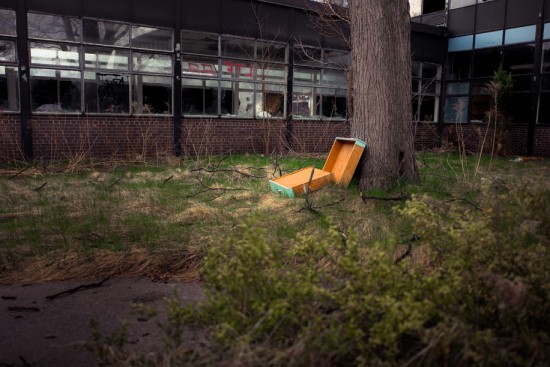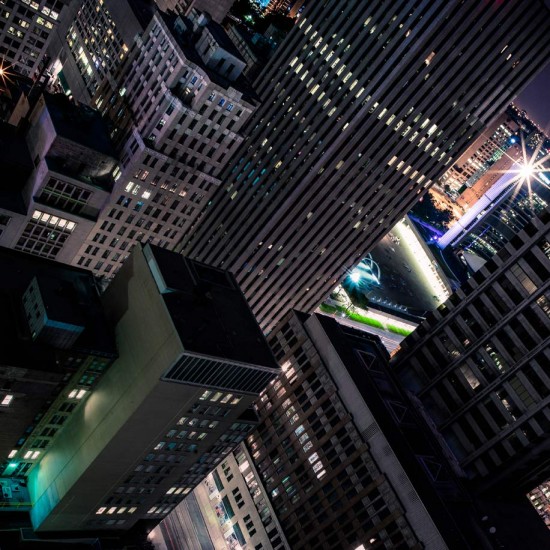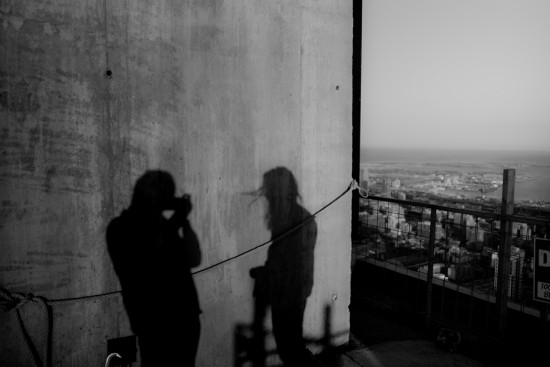
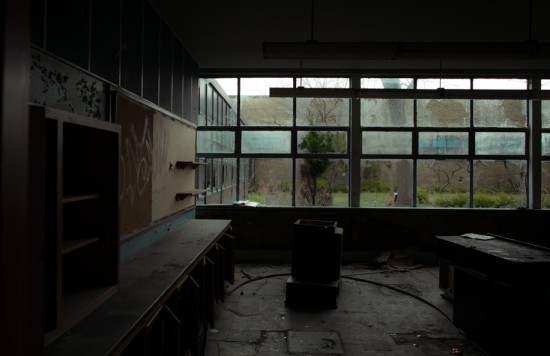
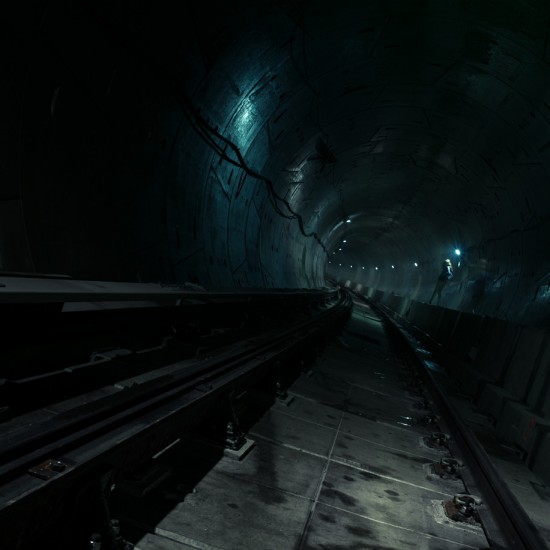
This “Ghost on the Horizon: exploring unseen spaces with the Leica M240″ article is written by Jonathan Castellino (Website | Flickr | Facebook):
I need to be silent. Documenting off-limits areas requires this. I need to be quick — I need to control what I can. And if all else fails, I need to be discreet.
When exploring vacant spaces — whether abandoned buildings or city infrastructure –- I’ve always found it easier to ask for forgiveness rather than permission, regarding access. Spending this time in silent places informs my everyday experiences of the city (and vice versa).
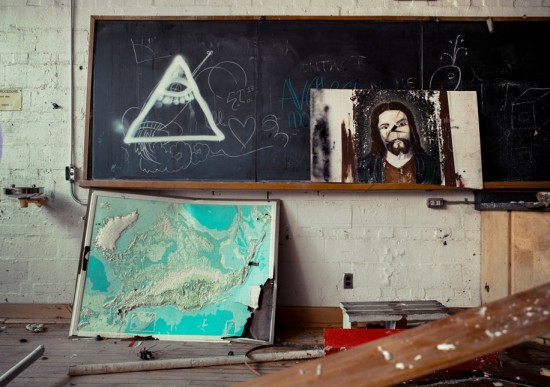
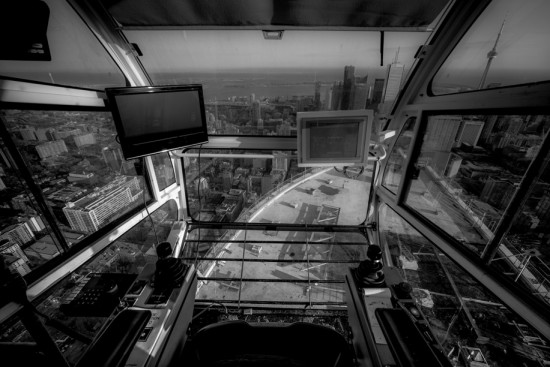
Several years back I stopped using traditional SLR equipment while exploring. Much of the time I find myself in interesting locations serendipitously. Whatever happens to be in my bag takes the pictures, and I am not one to lug around a big bag of gear.
A few months ago, I got a Leica M (type 240). The quality, size and heritage seemed a good fit with the way I shoot. I decided on a 28mm Summicron as my first lens, filling in the focal-length gaps with some Voigtlander and Russian glass (for the time being).
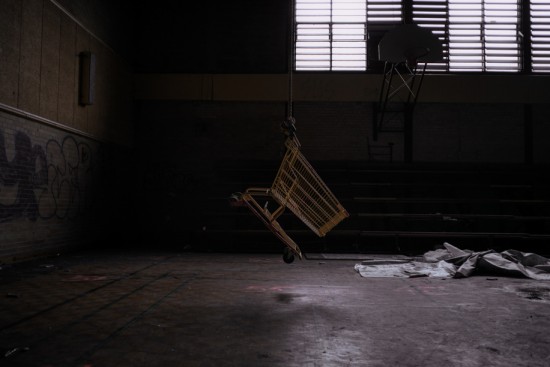
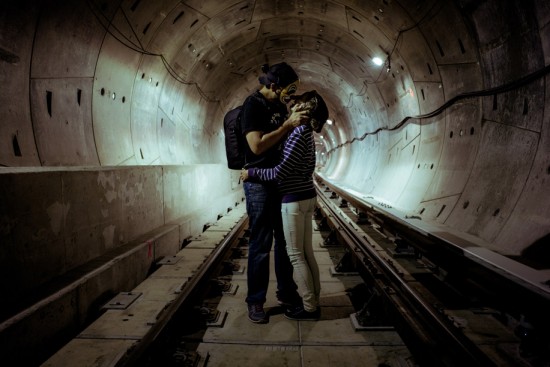
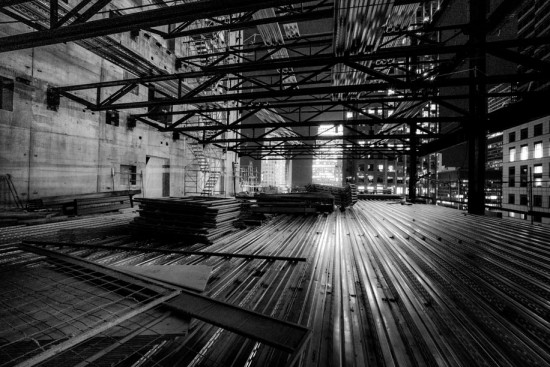
Rather than spending the days subsequent to the camera’s arrival looking for the perfect soft release or strap, I immediately sought after opportunities to put the camera to task. I wanted to see how the machine performed 70 floors up and 10 floors down. How would it handle dark hallways? How far could I take hand-held shooting in these conditions?
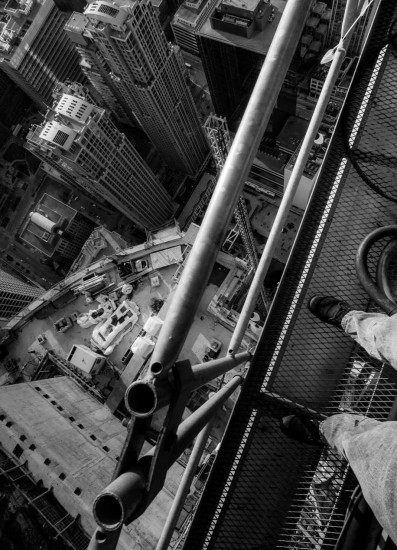
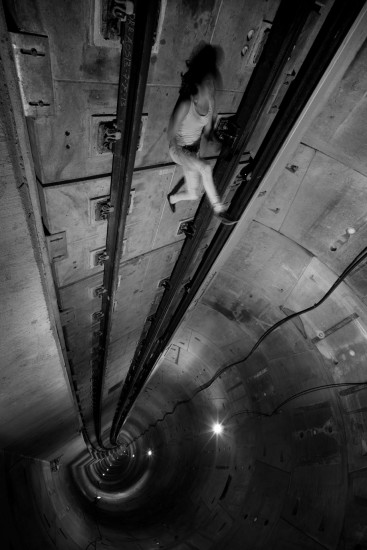
I did my e-research before getting the camera, but Kai and Dooley’s safety walks around city markets, Facebook pages filled with mundane F:0.95 shots, and message boards full of numbers are meaningless to me. I needed to take the camera out and up, in and down.
For me, statistics regarding ‘capability’ have no value if the machine isn’t intuitive. Good high ISO performance only matters if I can access the menu function easily when in less than ideal lighting conditions. Really, I could care less about the numbers. I need quick, accessible controls. The distance between my minds’ eye and the lens has to be shallow.
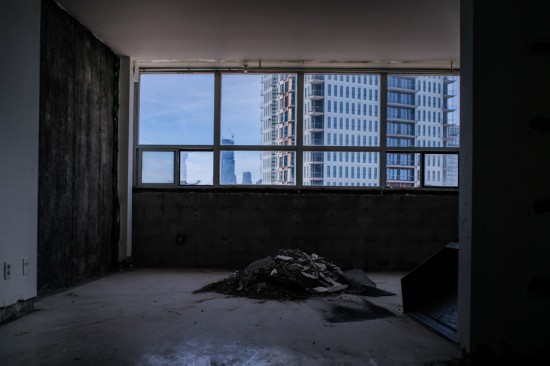
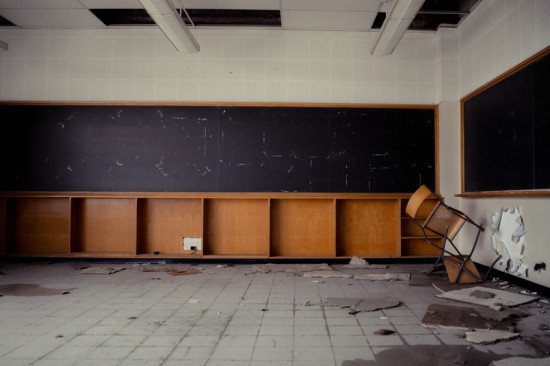
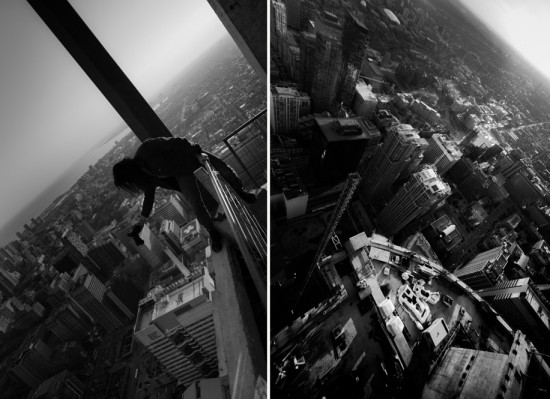
The M240 delivers. It also fits with my broader approach regarding life in the city as a photographer.
For years, fumbling with larger equipment held me back from really engaging the quiet spaces I like to shoot. This camera flows with my experience in the places I explore. It rarely gets in the way.
Don’t stand out. Don’t look like a photographer. Capture the experience. Move along. Do your own work. Participate in the ongoing history of photography.
In regards to every-day experience? Do not be distracted by disposable culture. Re-connect with quality and craftsmanship. Be humble. Everything can be done beautifully. And there is always time to do things correctly.
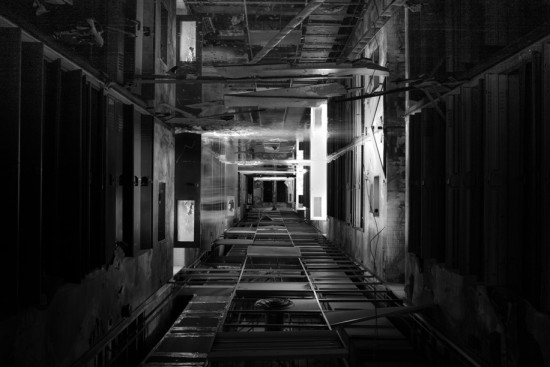
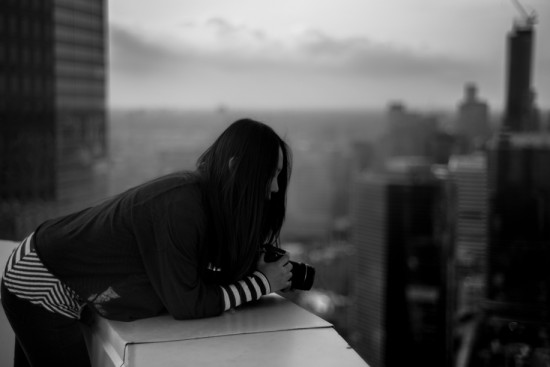
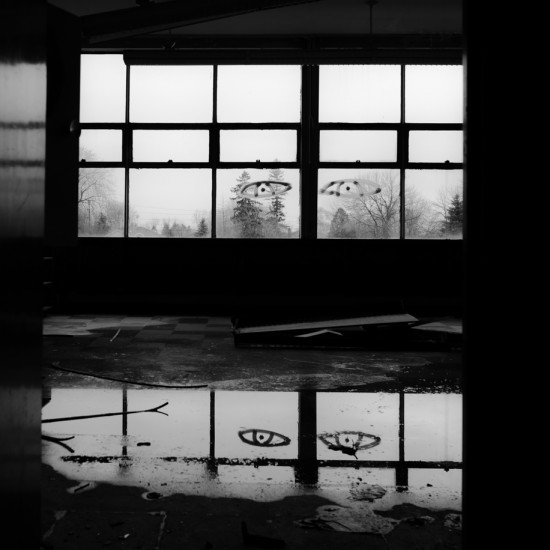
Exploring? Take present experience seriously. Forget about the history (and future) of a building; accept things, just as they are. There is nothing more brilliant, more shocking and more beautiful than reality.
The secret life just behind the surface of lived experience which photos attempt to capture is your own. This is a tool to be used and lived with. If I am too concerned with scratching the leather and metal of the camera, I am limiting my experience.
The M240 does not make me a better photographer. Equipment can never do that. What it does is let me worry less about my gear, and focus more intently on my surroundings.
I spend my days exploring. After all — I can’t take them with me.
Like a good friend, this camera does not let me off the hook. The mistakes I make shooting with the M240 are my own. Zero safety nets. Just like exploring.
Name: Jonathan Castellino
Website: www.sacramentalperception.com
Flickr: https://www.flickr.com/photos/jonathancastellino
Facebook: https://www.facebook.com/jonathan.castellino
Web bio:
Jonathan Castellino is a hobby urban archaeologist and photographer based in the city of Toronto. His photographs document the intersection of built environment and cultural landscape as it speaks to the social imagination. While focusing primarily on contemporary urban ruins, his work also tends to take a broader perspective, examining the place and meaning of these spaces in urban life.
